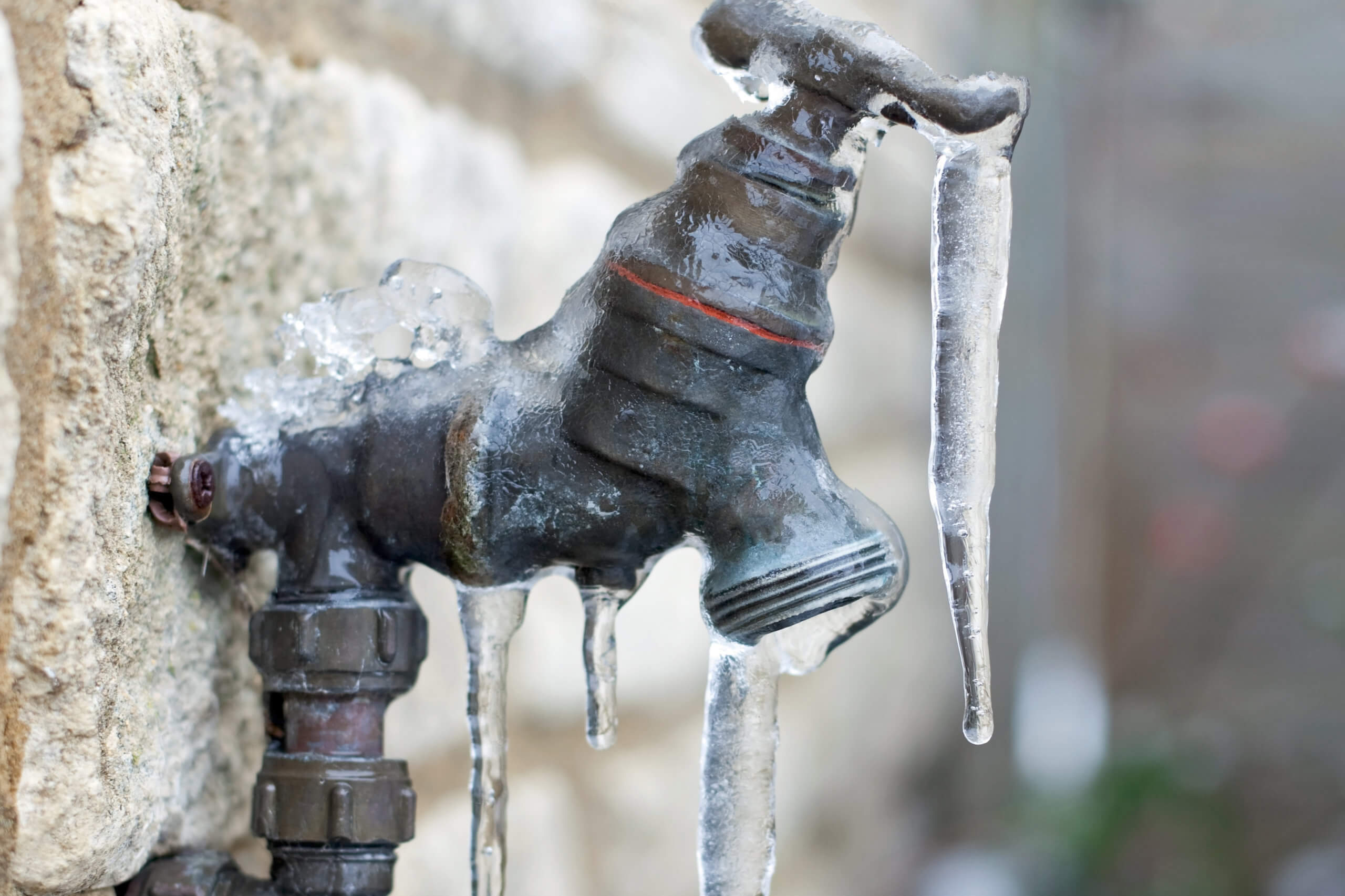Crucial Tips for Preventing Frozen Pipes in Winter Seasons
Crucial Tips for Preventing Frozen Pipes in Winter Seasons
Blog Article
We have stumbled on this post pertaining to 6 Ways to Prevent Frozen Pipes down the page on the net and decided it made perfect sense to discuss it with you on this page.

Cold weather can ruin your plumbing, specifically by freezing pipelines. Right here's just how to avoid it from happening and what to do if it does.
Introduction
As temperatures decline, the risk of frozen pipelines rises, possibly bring about pricey repairs and water damages. Comprehending how to prevent icy pipelines is crucial for home owners in cold environments.
Prevention Tips
Insulating at risk pipes
Wrap pipelines in insulation sleeves or use warmth tape to protect them from freezing temperature levels. Focus on pipelines in unheated or exterior locations of the home.
Heating strategies
Keep interior rooms effectively heated, especially locations with plumbing. Open up cabinet doors to permit warm air to flow around pipes under sinks.
How to determine frozen pipelines
Search for decreased water circulation from taps, unusual smells or noises from pipelines, and visible frost on subjected pipelines.
Long-Term Solutions
Structural modifications
Take into consideration rerouting pipes away from outside wall surfaces or unheated areas. Add additional insulation to attic rooms, basements, and crawl spaces.
Upgrading insulation
Purchase high-quality insulation for pipes, attics, and walls. Appropriate insulation aids maintain constant temperatures and reduces the danger of icy pipelines.
Protecting Outdoor Plumbing
Garden tubes and outside taps
Separate and drain yard hoses before winter months. Mount frost-proof faucets or cover exterior taps with protected caps.
Recognizing Frozen Pipelines
What causes pipelines to ice up?
Pipes ice up when revealed to temperatures below 32 ° F (0 ° C) for expanded periods. As water inside the pipelines ices up, it expands, putting pressure on the pipe walls and possibly causing them to break.
Threats and damages
Frozen pipes can result in water system interruptions, building damage, and costly repair work. Burst pipes can flood homes and create considerable architectural damages.
Indicators of Frozen Piping
Determining frozen pipes early can stop them from rupturing.
What to Do If Your Pipes Freeze
Immediate activities to take
If you believe frozen pipelines, maintain faucets available to alleviate stress as the ice thaws. Make use of a hairdryer or towels taken in warm water to thaw pipelines slowly.
Conclusion
Avoiding icy pipelines needs positive procedures and fast feedbacks. By understanding the causes, indications, and preventive measures, homeowners can shield their plumbing throughout cold weather.
6 Proven Ways to Prevent Frozen Pipes and Protect Your Home
Disconnect and Drain Garden Hoses
Before winter arrives, start by disconnecting your garden hoses and draining any remaining water. Close the shut-off valves that supply outdoor hose bibs and leave the outdoor faucet open to allow any residual water to drain. For extra protection, consider using faucet covers throughout the colder months. It’s also important to drain water from any sprinkler supply lines following the manufacturer’s directions.
Insulate Exposed Pipes
Insulating your pipes is an effective way to prevent freezing. Pipe insulation is readily available at home improvement stores and is relatively inexpensive. Pay close attention to pipes in unheated areas such as the attic, basement, crawl spaces, or garage. Apply foam insulation generously to create a buffer against the cold. You can also wrap your pipes in heat tape or thermostat-controlled heat cables for added warmth.
Seal Air Leaks
Inspect your home for any cracks or openings that could let in cold air. Seal any holes around the piping in interior or exterior walls, as well as the sill plates where your home rests on its foundation. Additionally, make sure to keep your garage door closed unless you’re entering or exiting. Leaving it open creates a significant air leak that can lead to frozen pipes.
Allow Warm Air Circulation
During cold snaps, it’s essential to allow warm air to circulate evenly throughout your home. Leave interior doors ajar to promote better airflow. Open kitchen and bathroom cabinets to help distribute heat consistently around the rooms. If you have small children or pets, be sure to remove any household chemicals or potentially harmful cleaners from open cabinets for safety.
Let Faucets Drip
A small trickle of water can make a big difference in preventing ice formation inside your pipes. When temperatures drop significantly, start a drip of water from all faucets served by exposed pipes. This continuous flow helps prevent the water from freezing. Additionally, running a few faucets slightly can relieve pressure inside the pipes, reducing the chances of a rupture if the water inside does freeze.
https://choateshvac.com/6-proven-ways-to-prevent-frozen-pipes-and-protect-your-home/

I came across that post about How to prepare your home plumbing for winter weather while surfing the search engines. Do you know about someone else who is intrigued by the topic? Do not hesitate to share it. Thanks a lot for going through it.
Schedule An Appointment Report this page